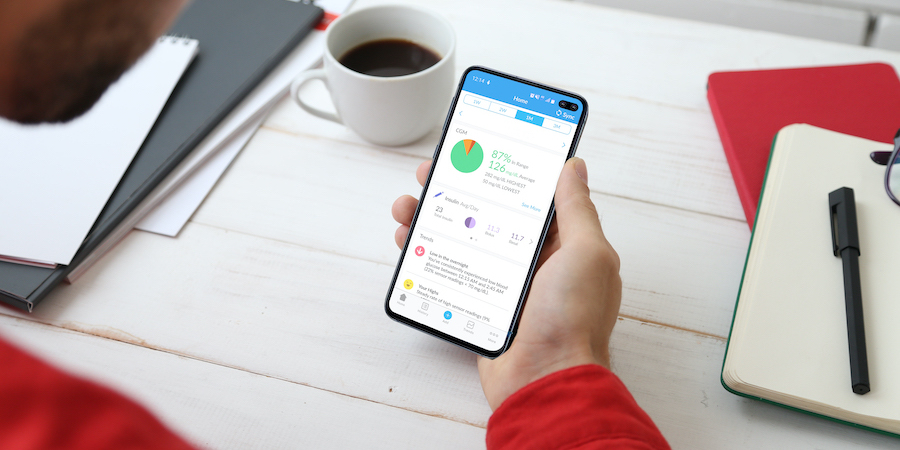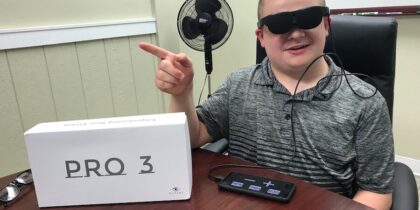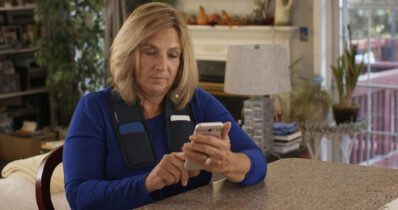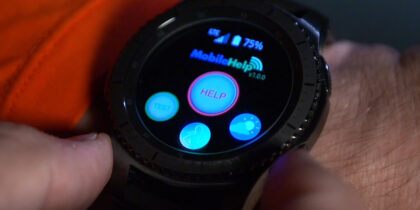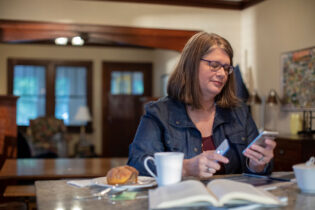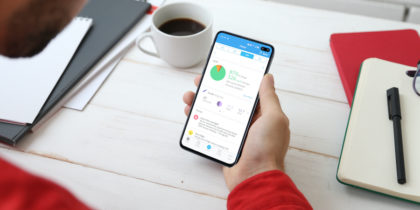Unless you or someone you care about has diabetes, you may be surprised just how much data is required to manage the condition. People with diabetes have to monitor medication amounts and timing, the amount and timing of carbohydrate and protein intake from their food, and the effect of exercise or stress on their bodies. Food, medicine and activity each affect the ultimate data point required for diabetes management and control: blood sugar readings.
You may also be surprised at how manual and disconnected the process of capturing blood sugar measurements is and how difficult it can be to share that data with a care provider. There are hundreds of devices that capture data for people with diabetes. Typically, patients must bring their devices to their doctors, who then must download the data into their own clinical systems. This may require having access to various bits of software to accommodate the sheer breadth of devices used by the diabetic population. This data download typically happens at an office visit, which means the clinician has only had minutes, at most, to review it, and then must make decisions in the space of the visit about changes required in the patient’s care regimen.
Making diabetes management easier
Glooko, creators of an app and a remote patient monitoring platform for diabetes, work daily to reduce the complexity of this process. The company began in 2010, and its founders had all been touched in one way or another by diabetes. At its founding, opportunities surrounding the use of smartphones and mobile technologies were expanding. People were beginning to see what could be done with data, communications and leveraging the power of mobility. At the same time, incidence of diabetes was (and still is) increasing at an alarming rate globally. Glooko wanted to offer a better way to take a traditionally manual process and digitize it to allow for better data capture, sharing and analysis.
Today, the Glooko diabetes app syncs with 95 percent of all diabetes devices, from blood sugar monitors to insulin pumps and continuous glucose monitoring systems (CGMS) to fitness and biometric devices to smart insulin pens. Through the app, patients and their care teams can track data in a simple, visual platform.
Using data analysis to guide care plans
What does this ability to sync data and feed it into a management platform mean for patients and their care teams? It means they can make confident decisions about care based on current, trusted data. Downloaded to a user’s smartphone or tablet, the app shows patterns and trends in blood sugar readings and allows users to set reminders for tasks like taking medicine or checking blood sugar. It also allows users to log their meals with a food database. Users can view blood glucose readings, meals, activity and medication in a logbook screen that reveals a near-real-time history. The app allows syncing readings from multiple devices. All this provides insight to the person with diabetes — but perhaps most importantly, it provides a support link to the patient’s care team when the user shares data captured by the app.
Modernize Your Hospital With Mobility
Discover the latest mobile solutions and best practices for clinical communications in this webinar. Download Now
The Glooko solution helps clinicians resolve a workflow efficiency issue by being an aggregator of data from nearly any device type. Physicians can see the data during a patient visit, but can also remotely access that data. The care team can set up alerts to be notified if a specific event occurs, such as when a hypoglycemic (a blood sugar reading that’s too low) or hyperglycemic (a blood sugar reading that’s too high) event occurs.
Just as the population of people with diabetes is growing, the number of endocrinologists is decreasing. Solutions like Glooko can help caregivers simplify what is often a complex treatment regimen, and keep a closer eye on health changes among patients.
Maintaining a long-standing relationship
Samsung has been involved with Glooko since the earliest days of the company. Both companies realized that chronic conditions, like diabetes, made a strong case for being managed through a mobile platform. Both teams brought an innovation-centered mindset to the table — Samsung around the Android platform and Glooko around extracting data from medical devices.
The innovation continues, as Glooko hopes to expand its app to various Samsung wearable devices such as smartwatches and fitness trackers. There’s also interest around integration with the Samsung Health app, which allows users to track and manage health metrics. By 2045, it’s estimated that there will be 700 million people living with diabetes, making the urgent need for usable, actionable data all too clear.
Make sure you’re caught up on the new rules of remote patient monitoring reimbursement. Or, sign up to download your free guide to enhancing the patient experience with mobile technology.
